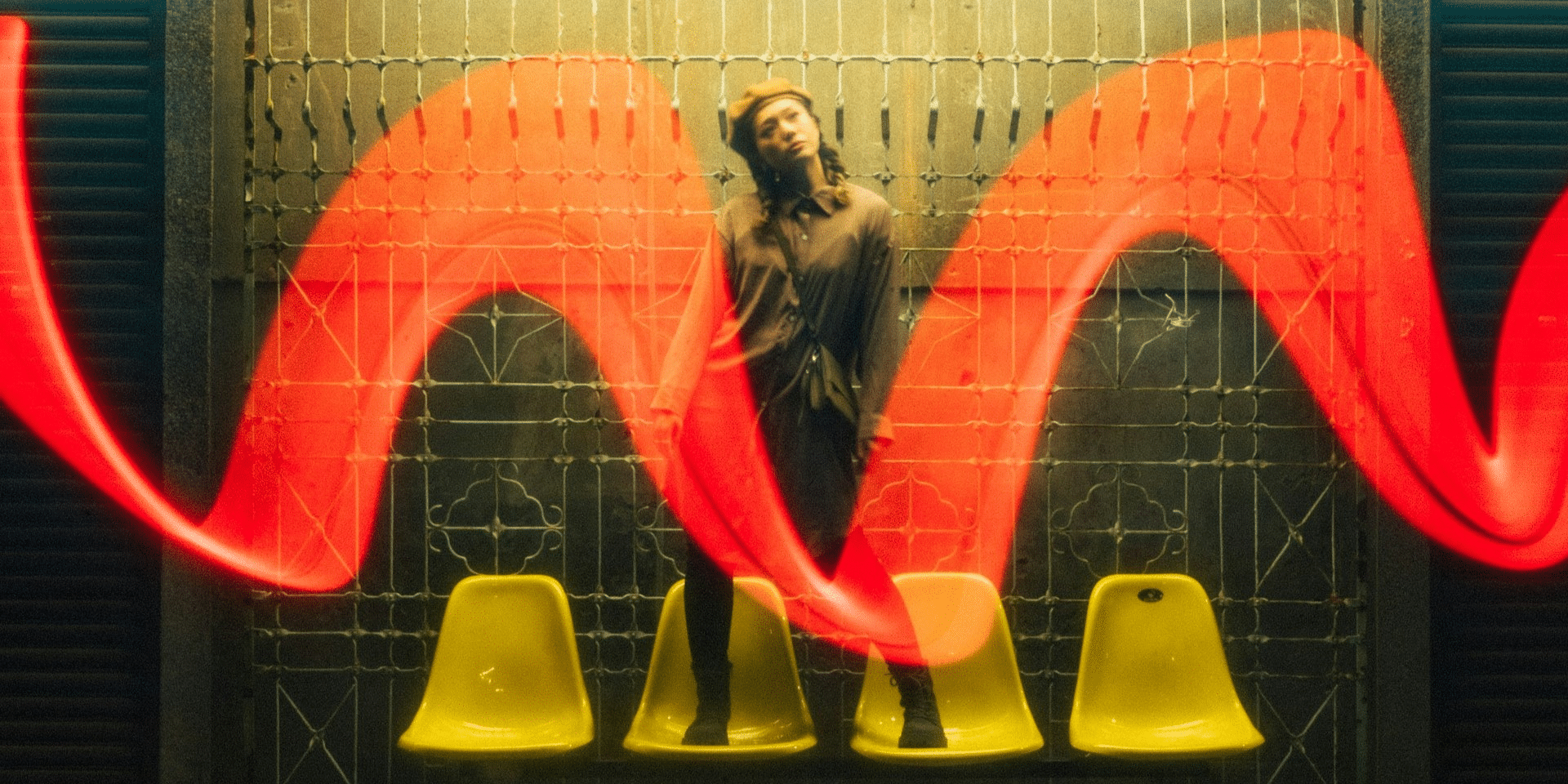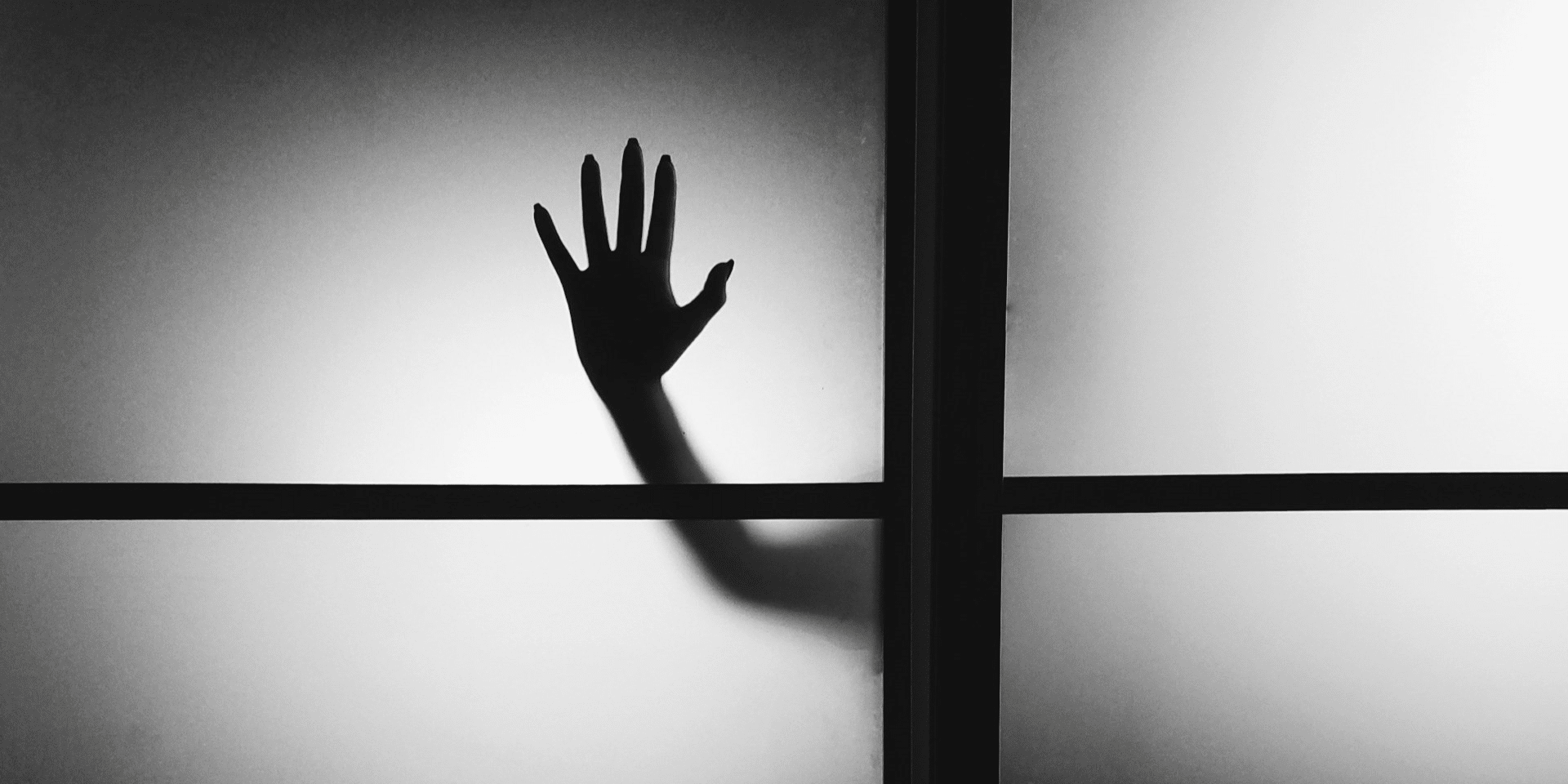In recent years, slow burn films have gained significant popularity, standing in stark contrast to the fast-paced, action-driven blockbusters that often dominate the box office. Slow burn films are characterized by their gradual development of plot and character, which builds tension and emotional depth over time. This article explores the reasons behind the rise of slow burn films and why they have resonated so strongly with modern audiences.
Character-Driven Narratives
One of the key reasons for the popularity of slow burn films is their focus on character-driven narratives. Unlike fast-paced films that often prioritize plot over character development, slow burn films allow for deep exploration of characters’ inner lives and motivations. The gradual pace provides room for complex emotional arcs, allowing viewers to connect with the characters on a more profound level.
For audiences seeking stories that prioritize human experience and psychological depth, these films offer a rewarding experience. This slower pacing gives viewers time to reflect on the characters’ journeys, making the eventual payoffs more satisfying.
Emotional Depth and Subtlety in Slow Burn Films
Slow burn films often excel in conveying emotional depth and subtlety, offering nuanced storytelling that appeals to viewers looking for something beyond surface-level drama. Instead of relying on immediate, dramatic confrontations, these films build emotional intensity through quiet moments, thoughtful dialogue, and understated performances.
This approach allows for more meaningful, lasting emotional engagement. Audiences appreciate the patience required to unpack the emotions and themes at play, finding the experience immersive and thought-provoking.
Building Suspense and Tension
Slow burn films are renowned for their ability to build suspense and tension over time. By withholding key information or delaying action, filmmakers create a sense of anticipation that keeps viewers engaged. This method of storytelling can heighten the impact of key plot moments, making the resolution or climax more impactful.
The gradual build-up allows filmmakers to craft an atmosphere of tension that lingers, keeping the audience on edge even without rapid action sequences. For fans of psychological thrillers or atmospheric dramas, this slow reveal of crucial details adds to the film’s allure.
Changing Viewer Preferences
Viewer preferences have shifted in recent years, with audiences becoming more open to diverse forms of storytelling. Many filmgoers are now seeking out content that challenges traditional narrative structures, and slow burn films cater to this growing demand. This trend is part of a broader cultural shift toward appreciating storytelling that requires active engagement and patience, rather than passive consumption.
For some, the popularity of slow burn films can be attributed to “viewer fatigue” from action-packed blockbusters and formulaic plotlines. These films provide a refreshing change of pace, appealing to those who want more substance and thoughtfulness in their entertainment.
Streaming Platforms and Long-Form Storytelling
The rise of streaming platforms such as Netflix, Hulu, and Amazon Prime has also played a significant role in the popularity of slow burn films. These platforms offer filmmakers the opportunity to create longer, more deliberate stories without the constraints of traditional theatrical release schedules.
Streaming has also introduced new forms of long-form storytelling, blurring the lines between movies and TV series. Audiences now have more time and flexibility to engage with slower-paced films, which may not have succeeded in theaters but thrive on digital platforms where viewers can watch at their own pace.
Critical Acclaim and Awards
Many slow burn films receive critical acclaim and go on to achieve success at major film festivals and awards ceremonies. Their focus on rich storytelling, artistic direction, and emotional complexity often appeals to critics and juries alike, helping these films gain wider recognition.
This critical success also contributes to their popularity among film enthusiasts who seek out highly praised films. As slow burn films consistently perform well during awards season, they gain additional attention and viewership, further cementing their place in popular culture.
Contrasts with Blockbuster Films
Slow burn films offer a distinct alternative to the fast-paced, spectacle-heavy nature of blockbuster films. While blockbusters often rely on special effects, action, and quick pacing, slow burn films provide a more intimate, focused narrative experience. This contrast appeals to viewers who may feel disconnected from the constant barrage of action and prefer a story that takes its time to unfold.
By focusing on atmosphere, mood, and tension rather than immediate thrills, slow burn films attract audiences looking for a more immersive and reflective cinematic experience.
The rise of slow burn films reflects changing viewer preferences, a shift toward more complex and introspective storytelling, and the growing influence of streaming platforms. Their ability to offer emotional depth, suspense, and character-driven narratives has made them a popular choice for audiences seeking something more thoughtful and substantial in their entertainment. As the demand for diverse forms of storytelling continues to grow, slow burn films are likely to remain a prominent feature of the cinematic landscape.







